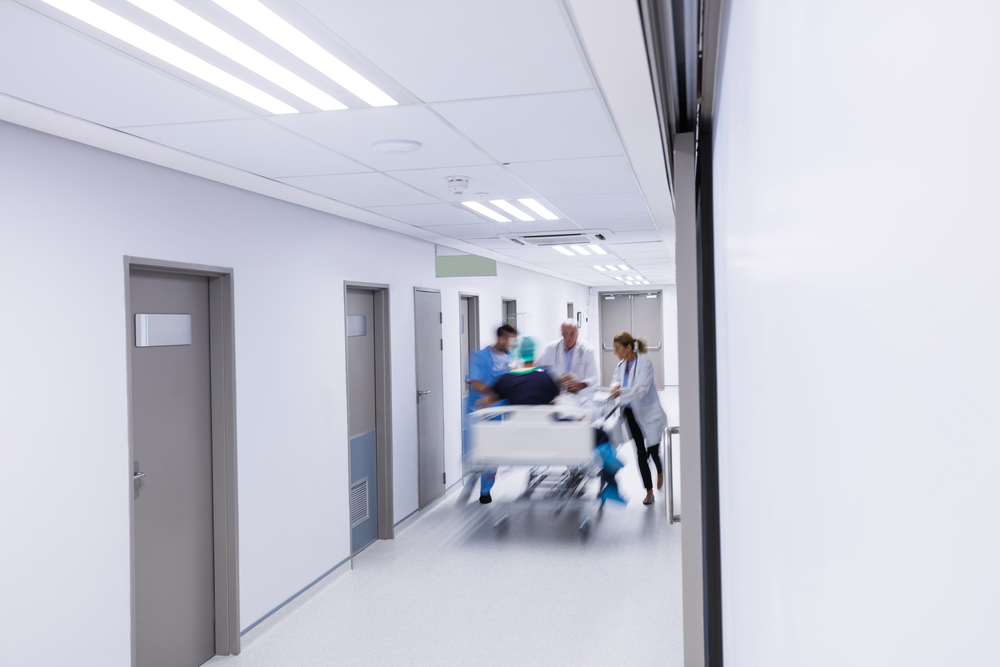Bladder and prostate cancer
Greg was 68 years of age at the time that he had his radical cystoprostatectomy (operation to remove the bladder, prostate and associated pelvic tissue).
He had spinal surgery in 2015. Preoperative urine and blood tests threw up a suspicion of bladder cancer. He was then referred to a urologist at a local base hospital where a CT scan was performed confirming that there was a lesion (potential cancer) in the bladder.
The urologist then conducted two investigative procedures called TURBT’s (trans-urethral resection of bladder tumour) in which an attempt was made to remove part or all of the tumours on the bladder wall and bladder neck. Part of the tumour was then taken and referred to pathology for histopathology testing and showed T2 high grade papillary transitional cell carcinoma (otherwise urothelial cancer).
Greg was then referred to a urological surgeon for the radical (total removal) of all cancer bearing tissues in the pelvis including the bladder, prostate and lymph nodes. Because the bladder was being removed Greg also required the formation of an ileal conduit to which the ureter from each kidney (the tube carrying urine to the bladder) is joined and then collected and transferred to an external stoma for the urostomy bag. The procedure is considered standard practice for cancer of the bladder.
The surgery took place and was reportedly performed without complication. Lymph nodes between the prostate and the rectum were taken during the surgery for review by pathology to see whether or not the cancer had spread beyond the bladder into surrounding tissue. After the surgery a drain was inserted to collect fluids from the surgery site and the patient was returned to the ward. He was given IV antibiotics and paracetamol.
The surgery involves the blunt dissection with shearing forces of tissue within the pelvis in such close proximity to the rectal wall. As such there is a real risk of laceration of the rectum. Due to the fact that the products within the bowel and rectum are so potentially dangerous if leaking beyond the bowel, the problem of laceration to rectum must be identified during the operation for the purposes of repair and prevention of postoperative complications including infection, peritonitis and sepsis.
After Greg was taken back to the ward he developed significant symptoms suggestive of infection including delirium, tachycardia (abnormally high heart rate), bloated or distended abdomen, uncontrollable pain, nausea, vomiting bile. Blood tests also showed that he had elevated white cell count and neutrophils, suggestive of infection. The drain also oozed brown fluids though initially to be blood products but when ultimately tested day 7 post surgery, proved to be faecal matter.
Unusually, Greg did not show high fevers until approximately day 7 when the infective process was finally discovered. Thoughts are that the fevers and other potential infection markers were masked by the IV paracetamol and the antibiotic cephazolin.
Medical opinion since has shown that all of the signs were indicative of infection and should have been diagnosed earlier.
Instead the hospital sent poor Greg for a delirium screen, a brain CT/MRI suspecting that he’d had a stroke and for an ECG for a potential suspected cardiac event. They did not send blood cultures or fluid from the drain for possible infection.
Ultimately, on day 7 a nurse noted faecal fluid in the drain, increased abdominal pain, an even higher elevated pulse rate, high fevers and rigors. Greg was finally sent for an abdominal CT scan which showed an obstruction in the small bowel of the surgical site from which the ileal conduit was formed, free gas in the upper abdomen and a collection of fluid in the lower right quadrant near the surgical clips (faecal matter). To make matters worse, the abdominal CT was not reviewed by the urological surgeon for another 24 hours, by which time Greg was in full blown peritonitis and was referred to a general surgeon for urgent surgery.
The old surgical wound was reopened at which time it was found that the rectum was so badly torn and injured and infected that it could not be repaired. The anus was closed off and a permanent, irreversible colostomy formed. It was not until after this surgery that the original urological surgeon acknowledged to Greg that there was an intraoperative tear of the rectum in the initial surgery.
Unfortunately, for Greg he now has two bags, a urostomy for his urine and a colostomy for faeces. The colostomy bag was totally unnecessary in the event that the initial tear had been initially detected in the surgery, or if not then the signs of infection picked up early.
Greg had a prolonged hospital stay with weeks of parenteral nutrition (feeding via a tube). He now suffers from post-traumatic stress disorder, trauma induced dementia, sleep disorder, an immense decline in his general conditioning, an inability to carry out activities of daily living and is permanently left with a colostomy bag.
We are assisting Greg in seeking compensation from the hospital for the horrible and totally avoidable outcome.
If you have been a victim or suffered loss as a result of medical negligence, call us today to speak to our friendly team.






 Lawyer
Lawyer